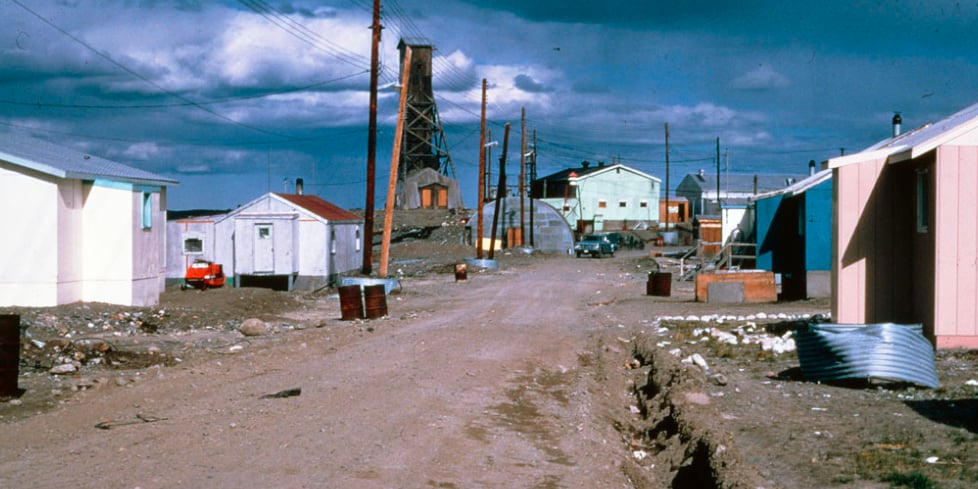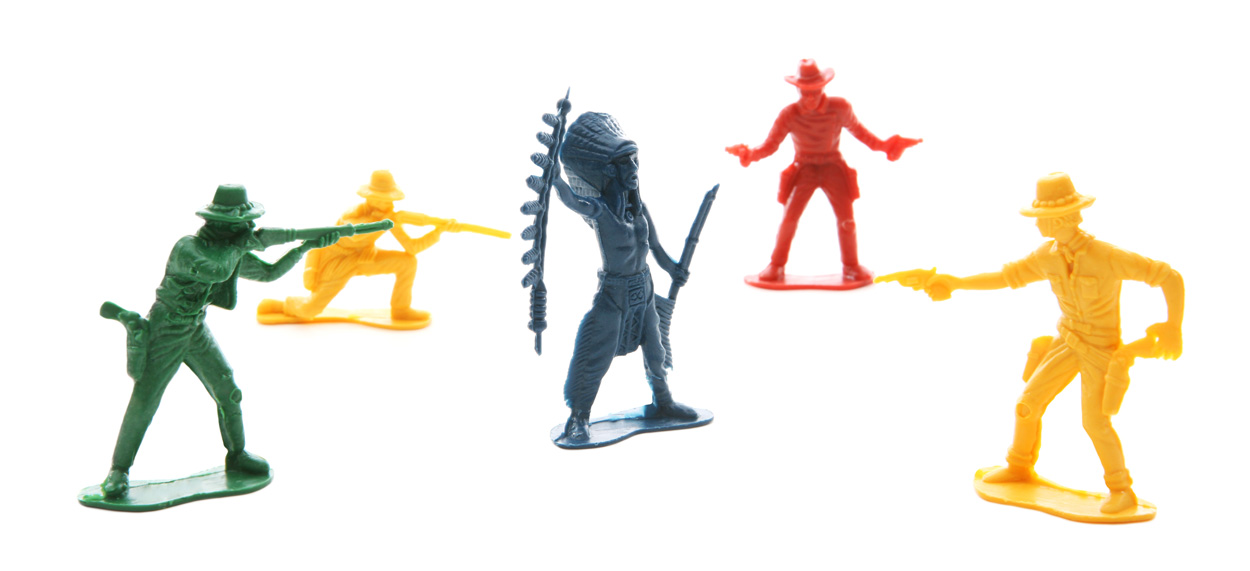Myth #3: First Nations Get Free Housing on Reserves
Myth #3: First Nations get free housing on reserves. Reality: Indigenous People can apply for social housing programs offered by the Canada Mortgage...
Written by Kelly O'Connor for the The First Nations Drum Newspaper.
When a person comes forward and says my daughter is missing or my sister is missing, what happens next? Typically the initial response is to assume the child has run away or that the sister will soon return. In other words, nothing happens. During the delay, the trail grows cold and many families are still searching for answers months or years later. Niki Ashton, New Democrat status of women critic, has said Canada is “facing an epidemic of murdered and missing Aboriginal women” and calls the current response by government and authorities “woefully inadequate.”
Hundreds of Aboriginal women have gone missing in the past few years, and the number continues to grow. In the province of Saskatchewan alone, more than 60 First Nations women have been reported missing, and Shawn Cameron Lamb, age 52, was recently arrested and charged in the deaths of three Aboriginal women in Winnipeg. Two of his victims were found dumped near garbage bins. Police are still working to determine whether Lamb may be connected to other unsolved cases. Meanwhile, Morley Watson Interim Chief of the Federation of Saskatchewan Indian Nations, and David Harper, head of Manitoba Keewatinowi Okimakanak, along with the federal New Democrats have been pleading with government to launch a national inquiry and find out why First Nations women are the victims of violence more than any other demographic in Canada.
The Native Women’s Association of Canada (NWAC) has been gathering statistics for years, but they decided it’s time to raise awareness beyond simple numbers. To increase public awareness of the impact of violence against women, the NWAC contacted Gloria Larocque, creator of the Aboriginal Angel Doll Project (a collection of 100 faceless dolls illustrating society’s neglect of Aboriginal women), to help develop a similar hands-on project to create a visual and physical representation of the statistic: 582 missing and murdered Aboriginal women and girls in Canada.
The NWAC Faceless Doll Project is a collection of handmade felt dolls created in memory of the interrupted lives of our missing mothers, daughters, and sisters across Canada. Larocque’s original dolls were three-dimensional, requiring sewing skill and time to create. To make participation easy for anyone, the NWAC project uses flat felt dolls. Workshop participants put together pre-cut felt pieces (bodies, dresses, and hair in a wide variety of colors) and decorate them with feathers, beads, ribbon, etc. No two dolls are the same. Each doll represents a human being taken away from family and community—strong beautiful women who became faceless victims of crime. “Each statistic tells a story” they say, reminding everyone not to let the individual lives lost become just another number.
Community workshops workshops started in March 2012 and will continue until enough dolls are made. One workshop was recently held at the National Association of Friendship Centres (NAFC) AGM in Whitehorse, YK. Jennifer Lord, Strategic Policy Liaison for NWAC points out, “The Friendship Centre movement has always been a supporter of the issue of missing and murdered Aboriginal women and girls, and the workshops featured women and men from all over the country.” Shaughn Butts created a video for the Edmonton Journal, highlighting another local doll-making workshop. About 45 people attended the event. In the video, Jennifer points out that women experience violence in different ways, whether it’s through racism, sexism, societal oppression, or the legacy of intergenerational trauma from residential schools. “We ask people to be mindful when they are putting the dolls together,” she explains, “to think about their own experience with violence or someone in their own community who has been missing or murdered.” According to Jennifer, the end goal is to recreate the research numbers of 582 missing and murdered Aboriginal women and girls in Canada, mostly over the last 20 years. She says the figures are particularly startling because “as Aboriginal women we only represent 3% of the population but 10% of the murder cases nationally.”
One woman, Brigette Perrier, shared her experience creating a faceless doll. “I have a foster daughter that has taken the wrong path,” she said, “and I really wish that she was here today.” The doll representing her daughter wears a bright green dress adorned with feathers and a tiny hollow heart shape on the chest. “She has a broken heart, and she feels that she’s worthless and useless,” explains Brigette. “These are the type of women that these predators do prey upon, and they are very vulnerable, so we need to mend those broken hearts.”
The devaluing of Aboriginal women and girls in society is a Canadian issue; it is something that affects all of us. Born in a mix of artistic expression and social activism, the dolls have become a “healing project.” Right now, Jennifer is working at home, putting together 400 dolls to display for the first time at the NWAC Annual General Assembly taking place August 24-26 in Saskatoon. Delegates will be seeing the current collection and creating dolls of their own. The final collection of dolls will return to communities across Canada in a travelling exhibit. Seeing the mindful creations of hundreds of participants at once, all 582 of those dolls together, will be impressive and hopefully help the public connect with the issue on an emotional level, beyond the statistics.
Sign up for our free, weekly newsletter.

Myth #3: First Nations get free housing on reserves. Reality: Indigenous People can apply for social housing programs offered by the Canada Mortgage...

In my workshops, I frequently hear statements about unfair advantages and benefits that are available to Aboriginal People in Canada but not to...

Canada is a country whose citizens pride themselves on their diversity and promotion of pluralism yet turn a blind eye to the continued stereotypical...